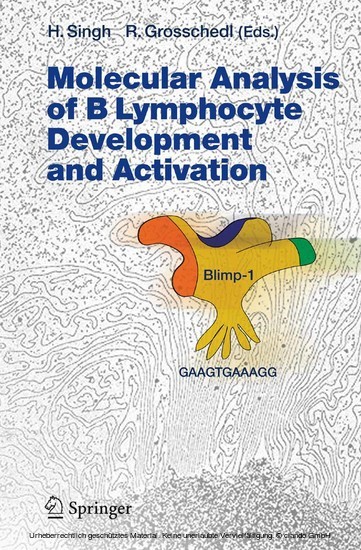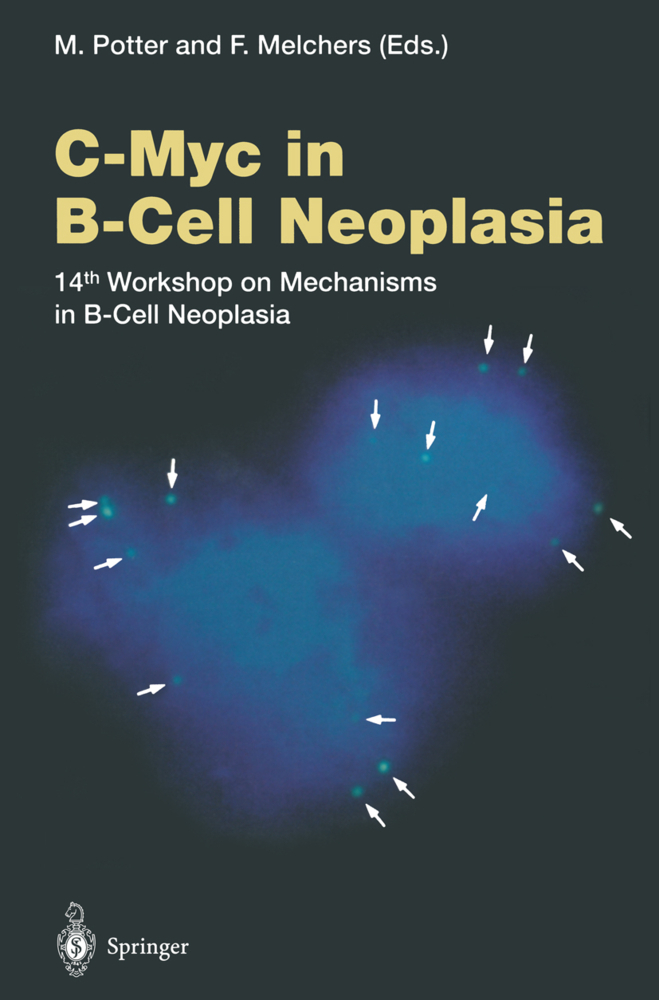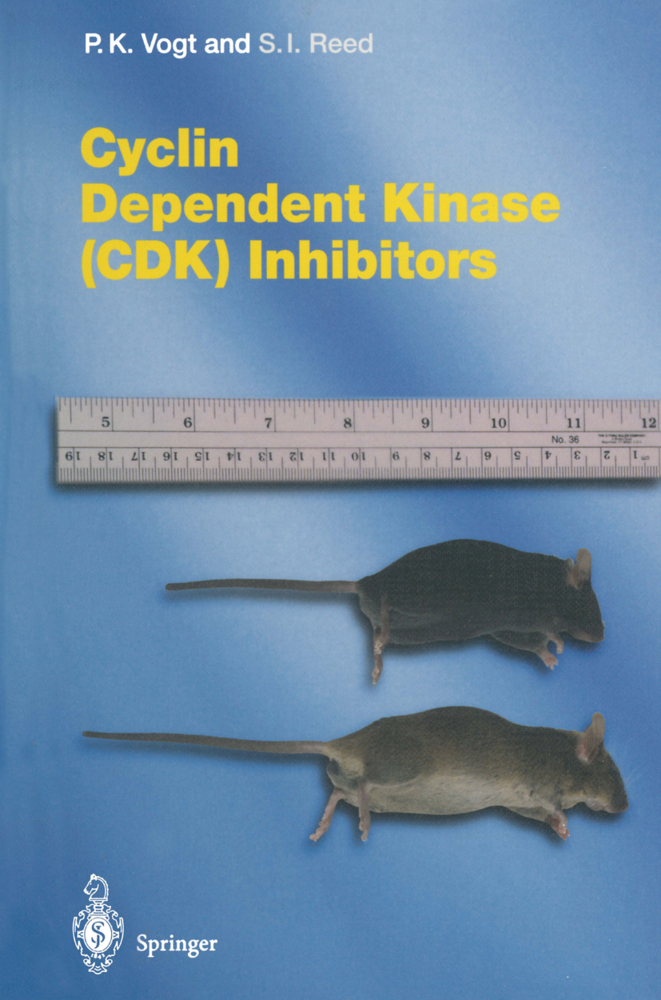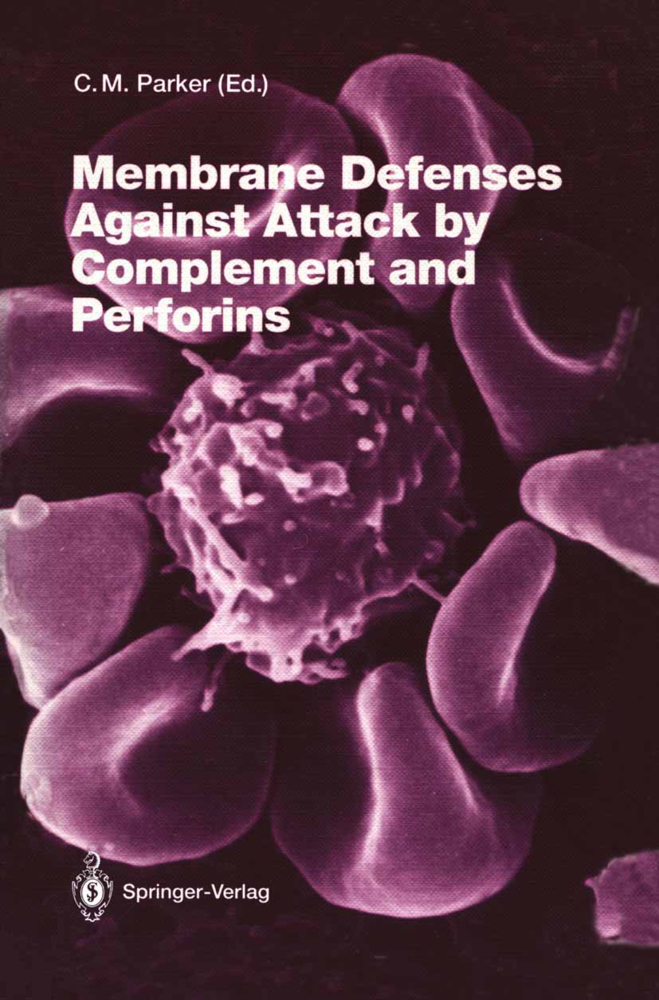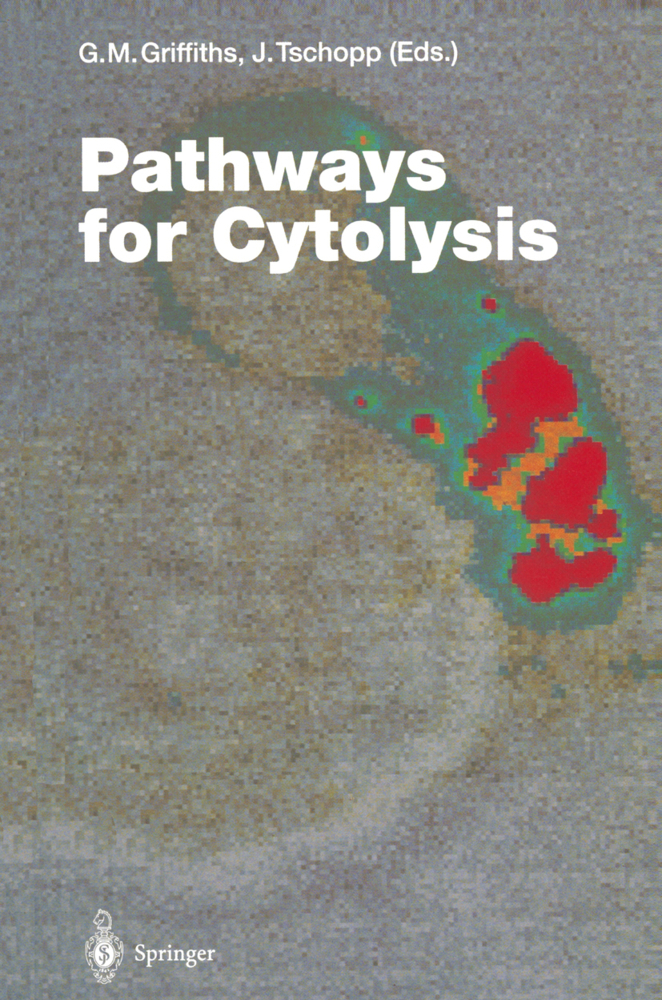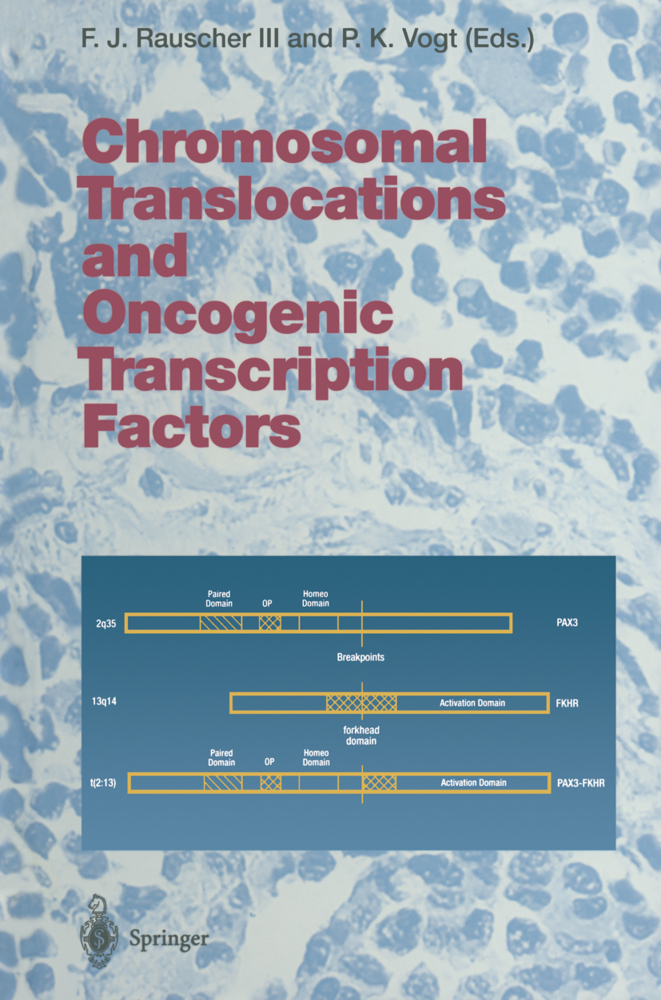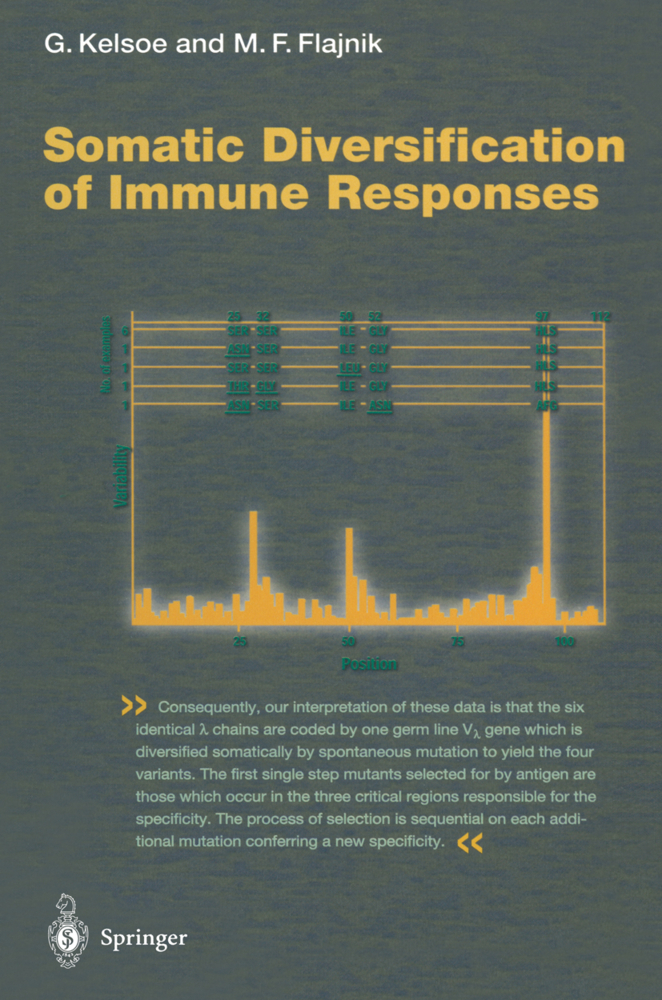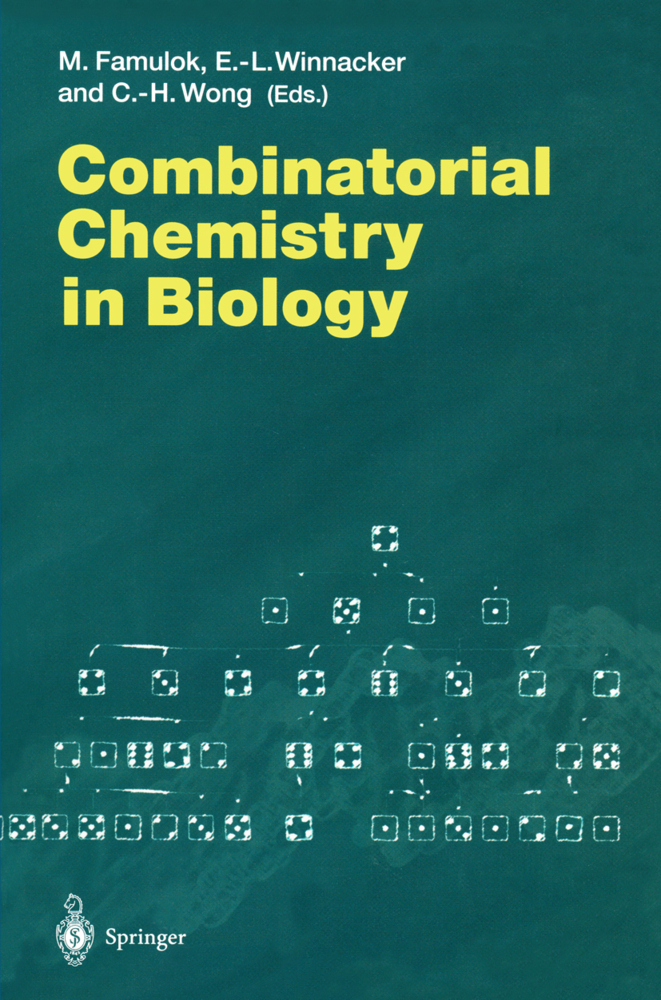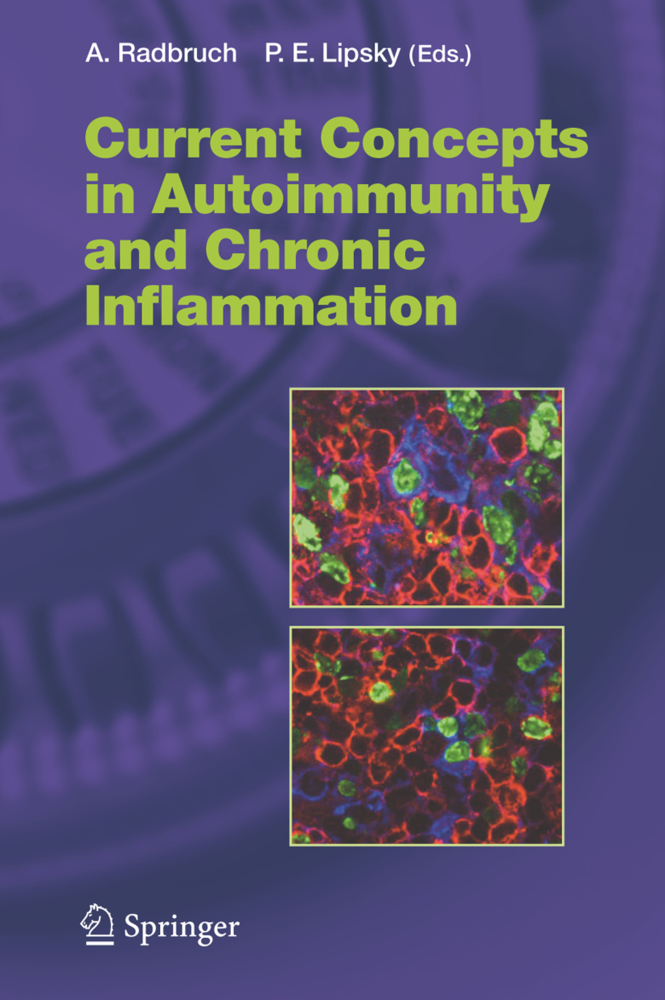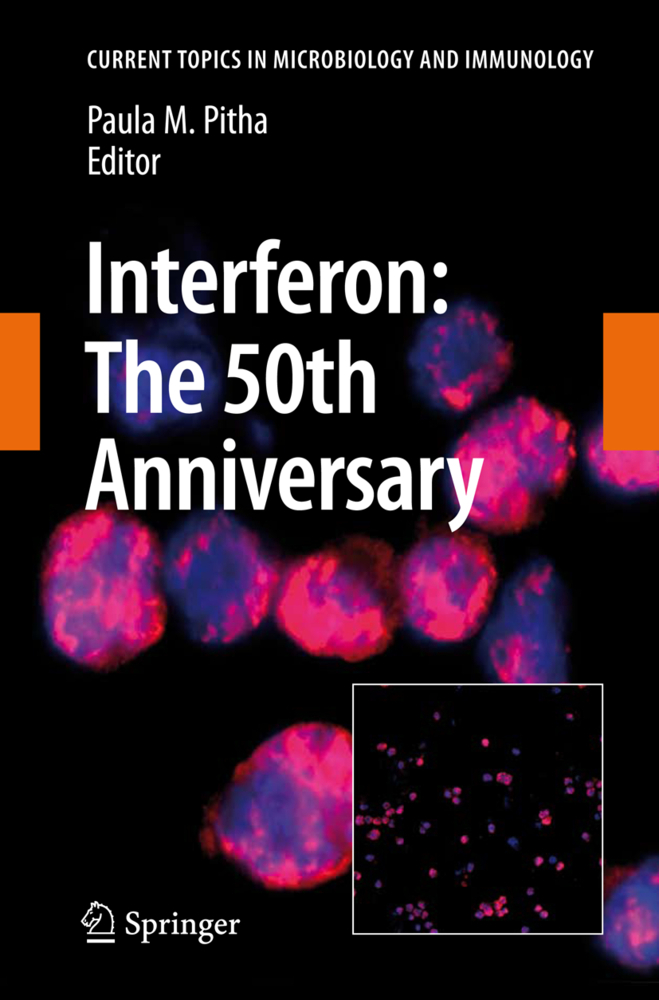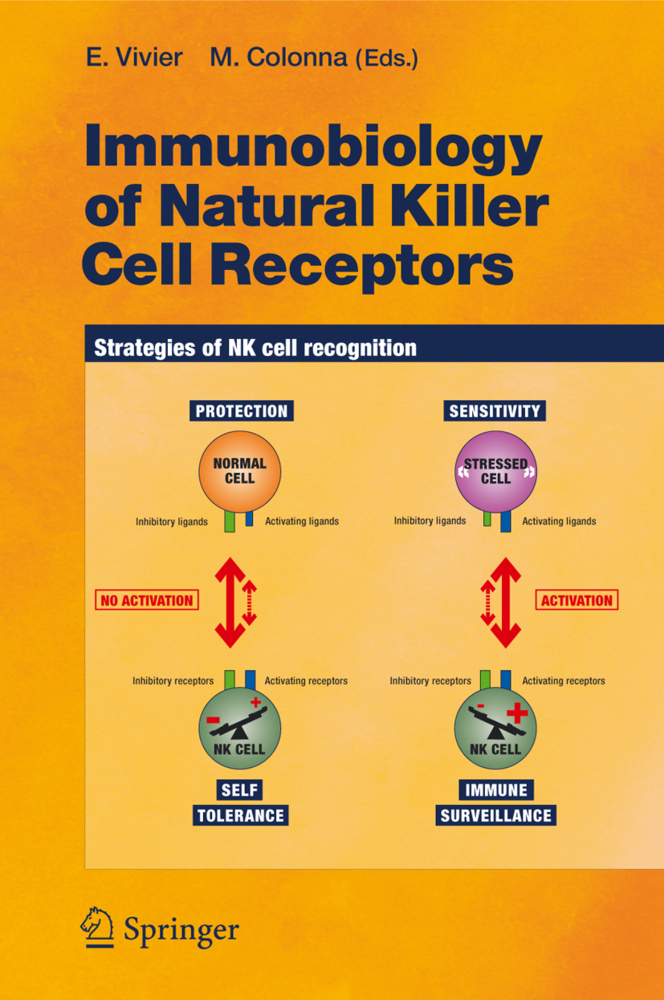Molecular Analysis of B Lymphocyte Development and Activation
The B lymphocyte lineage represents an important paradigm for exploring the molecular mechanisms underlying cell fate specification, differentiation and cellular activation. In the past five years, major advances have been achieved in our understanding of the transcriptional control of early B cell development and terminal plasma cell differentiation.
1;Preface;5 2;Obituary;6 3;List of Contents;8 4;List of Contributors;9 5;Gene Regulatory Networks Orchestrating B Cell Fate Specification, Commitment, and Differentiation;10 5.1;1 Introduction;10 5.2;2 Specification and Commitment to the B Cell Fate;11 5.3;3 Regulation of Ig Gene Rearrangement and Pre-B Cell Differentiation;17 5.4;4 Conclusions and Perspectives;19 5.5;References;19 6;Helix-Loop-Helix Proteins in Lymphocyte Lineage Determination;23 6.1;1 Introduction;23 6.2;2 E2A Proteins;25 6.3;3 Class VI HLH Proteins: Hes-1/5;28 6.4;4 Id Proteins;28 6.5;5 Conclusions and Future Directions;29 6.6;References;32 7;Ikaros-Family Proteins: In Search of Molecular Functions During Lymphocyte Development;36 7.1;1 Introduction;37 7.2;2 Discovery;37 7.3;3 Structure and Family Members;38 7.4;4 Genetics;40 7.5;5 Localization to Centromeric Heterochromatin;42 7.6;6 Centromere Structure and Function;44 7.7;7 Centromere Role During Interphase;46 7.8;8 Potential Ikaros Functions at Pericentromeric Heterochromatin;47 7.9;9 Future Directions;49 7.10;References;50 8;Biochemistry of V(D)J Recombination;55 8.1;1 Introduction;56 8.2;2 DNA Transactions in V(D)J Recombination;59 8.3;3 Proteins That Mediate V(D)J Recombination;60 8.4;4 Recent Insights from In Vitro Cleavage Studies;68 8.5;5 Sequence-Specific Binding of the Recombination Signal by RAG1 and RAG2;73 8.6;6 Future Prospects;81 8.7;7 Epilogue;82 8.8;References;84 9;The pre-B cell Receptor in B Cell Development: Recent Advances, Persistent Questions and Conserved Mechanisms;92 9.1;1 Introduction;93 9.2;2 Commitment to the B Cell Lineage;94 9.3;3 The Development of Pre-B Cells;95 9.4;4 Initiating Signals Through the Pre-BCR;96 9.5;5 Different Signals for Different Functions;99 9.6;6 The Pre-TCR and Pre-BCR: Conservation of Signaling Properties and Functions?;101 9.7;7 Final Comments;102 9.8;References;103 10;Transcriptional Control of B Cell Activation;109 10.1;1 Introduction;110 10.2;2 Octamer-Binding Proteins and Cofactors;113 10.3;3 Rel-NF- kB Family Proteins;118 10.4;4 Pax-5/BSAP;123 10.5;5 Ets-1 Family Proteins;125 10.6;6 Ikaros Family Proteins;128 10.7;7 NF-AT Family Proteins;129 10.8;8 Other Transactivators Implicated in B Cell Activation;130 10.9;9 Concluding Remarks;134 10.10;References;136 11;Expression of MHC II Genes;151 11.1;1 Innate and Adaptive Immunity;152 11.2;2 Class II Transactivator;161 11.3;3 Conclusions and Future Directions;169 11.4;References;170 12;Class Switch Recombination: An Emerging Mechanism;175 12.1;1 Introduction;176 12.2;2 Overview of CSR;177 12.3;3 A Model for the Initiation and Resolution Steps in CSR;179 12.4;4 CSR and SHM Uncoupled;188 12.5;5 Genome Instability Syndromes and CSR;189 12.6;6 Targeting Mechanisms in CSR;191 12.7;7 Concluding Remarks;197 12.8;References;198 13;Blimp-1; Immunoglobulin Secretion and the Switch to Plasma Cells;204 13.1;1 Plasma Cell Biology;205 13.2;2 Transcriptional Regulation of Ig Secretion;208 13.3;3 Blimp-1-Regulated Maturation Program;212 13.4;4 Post-translational Regulation of Ig Secretion;220 13.5;5 Remarks and Future Directions;222 13.6;References;224 14;Wnt Signaling in Lymphopoiesis;228 14.1;1 Overview of the Different Wnt Signaling Pathways;229 14.2;2 The Canonical Wnt Signaling Pathway;230 14.3;3 Biochemical and Biological Properties of LEF/TCF Proteins;232 14.4;4 Activation of LEF1/TCF Function by b- Catenin and Other Cofactors;235 14.5;5 Transcriptional Repression and Inhibition of LEF1/TCF Function;237 14.6;6 Hematopoiesis;238 14.7;7 Role of the Wnt Pathway in Hematopoietic Stem Cells;240 14.8;8 Role of Wnt Signaling in Pro-B cell Proliferation and Survival;241 14.9;9 Role of Wnt Signaling in T Cell Development;243 14.10;10 Role of LEF/TCF in NK Cell Development;246 14.11;11 Concluding Remarks;247 14.12;References;247 15;Subject Index;256
| ISBN | 9783540263630 |
|---|---|
| Artikelnummer | 9783540263630 |
| Medientyp | E-Book - PDF |
| Auflage | 2. Aufl. |
| Copyrightjahr | 2006 |
| Verlag | Springer-Verlag |
| Umfang | 260 Seiten |
| Sprache | Englisch |
| Kopierschutz | Digitales Wasserzeichen |

